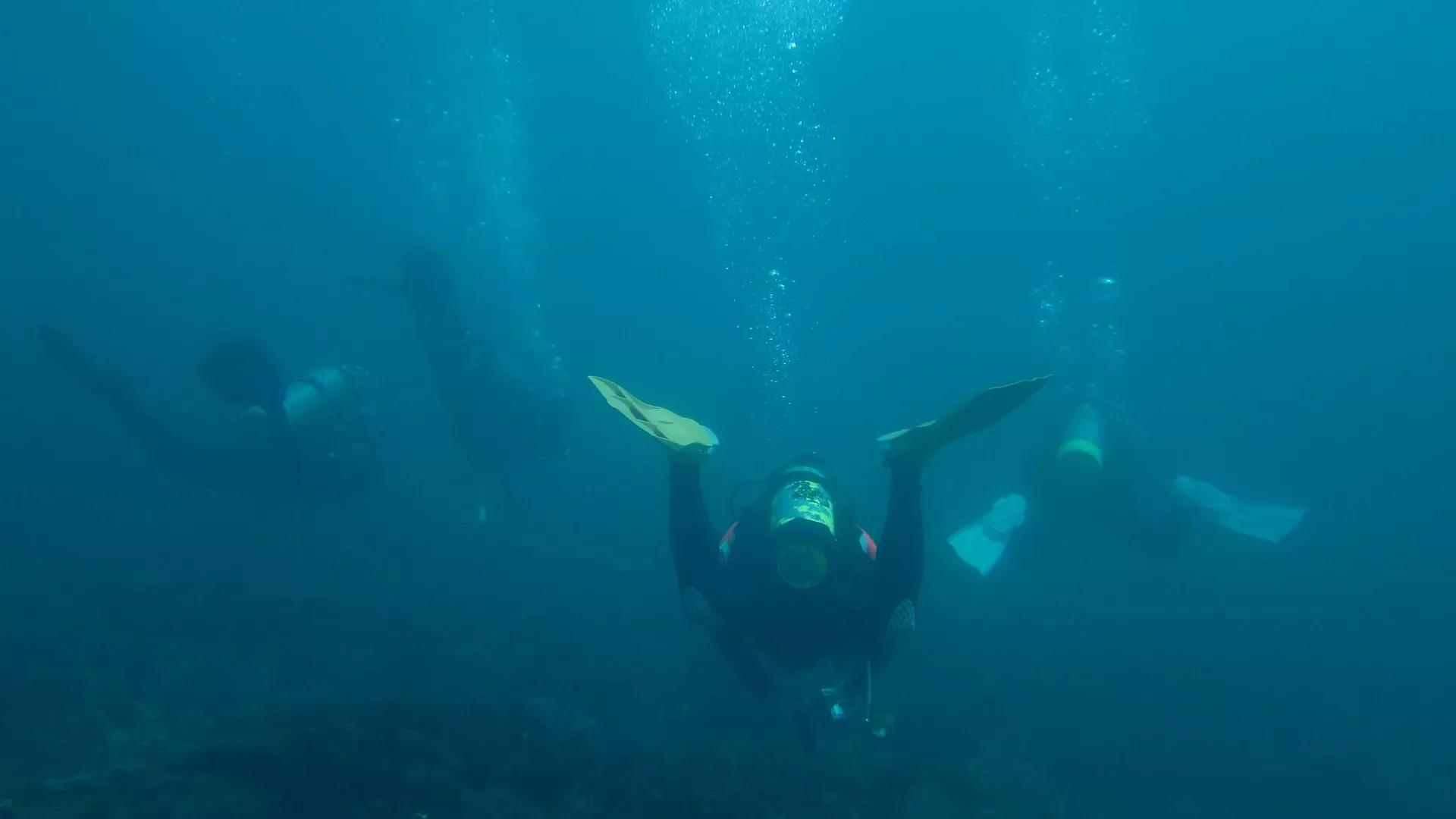Africa-Press – Rwanda. The seabed holds many secrets and debris from the past, but with the right persistence one can successfully solve its riddles. Though many in their childhood thought that they would sail the ocean in search of secrets, some manage to make their dreams come true and really discover something new.
After 3 years of research, scientists from Historic England have successfully identified the wreck of a ship which has been lying in Eastbourne’s waters since 1672 at a depth of 32 meters. The “Eastbourne wreck site” turned out to be the warship of the Dutch Admiralty of Rotterdam, Klein Hollandia, built in 1656, which took part in the second Anglo-Dutch War.
Scientists have also noted the “remarkable” condition of the ship’s remains and hope to learn even more about 17th century Dutch shipbuilding and the history of the ship. In particular, they have already established that the ship carried marble from the Apuan Alps, which are renowned for their quarries.
Historic England, together with the Netherlands Cultural Heritage Agency and the Nautical Archaeology Society, analyzed the wooden hull, cannon, Italian marble tiles and pieces of Italian pottery from the ship recovered by divers. The researchers also studied the archives and measured the rings of the ship’s wooden parts to determine the ship’s origins as accurately as possible.
“The identification of the Klein Hollandia offers a glimpse back into the 17th century, giving us a chance to learn more about the maritime history of this period and to uncover treasures which have been underwater for hundreds of years,” said the heritage minister, Lord Parkinson.
According to archival information, in 1672 the ship was among those accompanying the Smyrna fleet from the Mediterranean to the Netherlands and was captured in battle near Wight Isle; its commander Jan van Nes was killed. However, she soon sank with English and Dutch sailors on board because of the damage she sustained.
The wreckage was first discovered during a hydrographic survey in 2015 conducted by the UK Hydrographic Office. But it wasn’t until 2019 that David Ronnan, a local dive operator, determined that the wreckage was the remains of a ship, the media reported.
For More News And Analysis About Rwanda Follow Africa-Press






